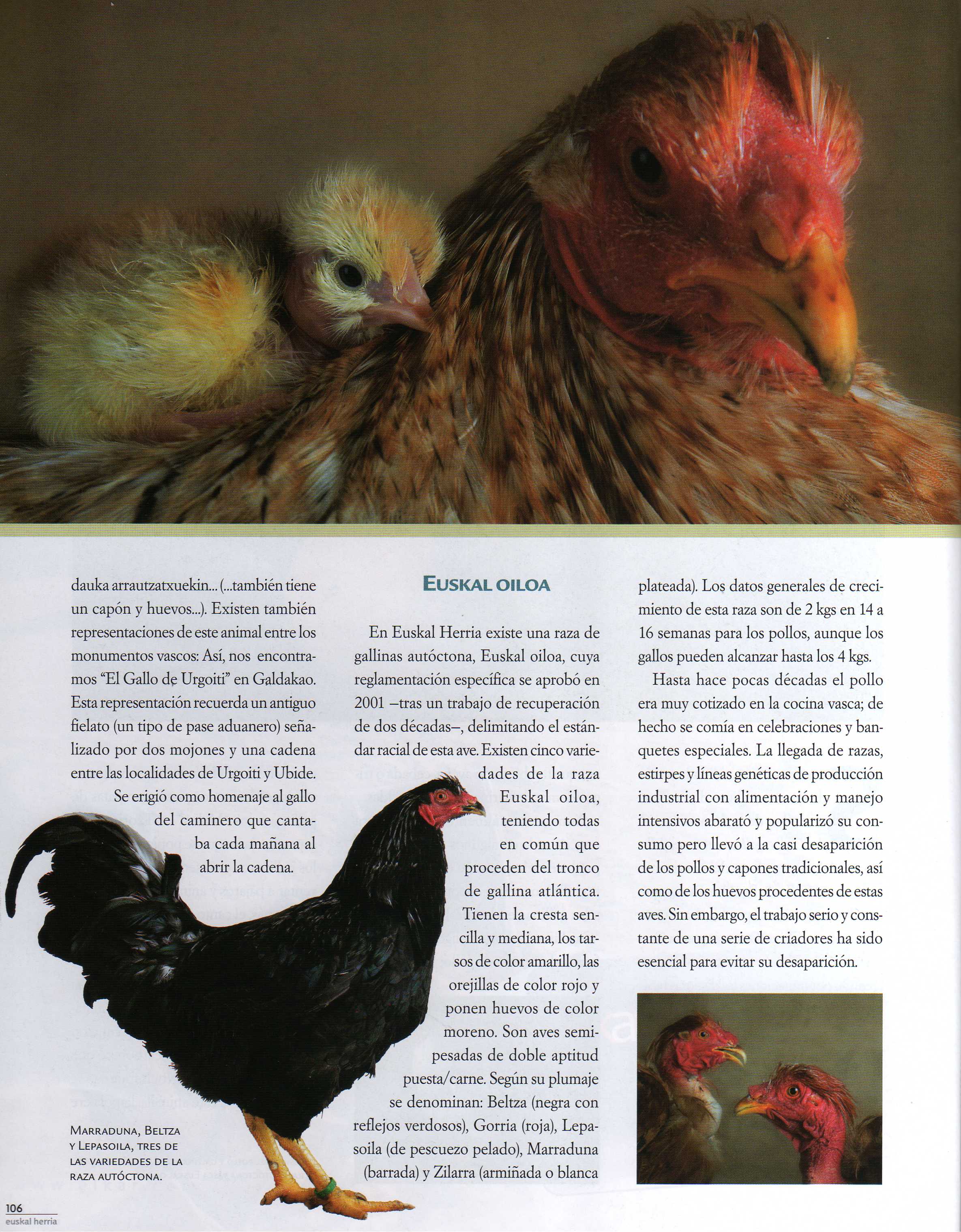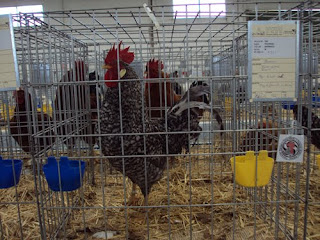There is not a perfect dual purpouse breed, because what we would all call perfect would be different. Also different breeds fit different managment styles better. I believe that there is a breed that fits most styles and preferences now.
I believe that New Hampshires, Delewares, fit a more all in and all out style. The cockerels floor raised to maximize their potential for early maturity, and quick growth. The hens are not "built" for long term layers. I think they are best as two year free range layers. They are a more modern breed and fit more modern methods. They can be selected to be great layers, and the cockerels are good fryers.
Old Rhode Island Reds are better for someone that is more concerned with good long term layers, potentially being productive for more than two years. The Rocks likewise, both having more length.
I am interested in birds that reproduce their own. The Rocks and Wyandottes seam to be more reliable broodys. Personally I would prefer Barred Rocks, and I am interested in Dorkings. Dominiques fit that bill to. All of them, being good old time farm fowl.
Catalanas are supposed to be a dual purpouse fowl and should handle heat well. Birds can be selected for a tolerance of heat, but it seams to me that the ability to withstand heat is related more to the body type. The original breeders of the breeds that we have knew what they were doing.
I am commenting, because I believe there is a real need to put the breeds we have back to work. I believe that we should breed to the standard, because the type is what made the birds useful. I am no fan of the exaggerated traits that you see in some of the exhibition fowl that we see now.
If I did intend to work on something new, I would do as Saladin suggested and add games to the mix. Can't argue with the vigor that many of them have. Still if you are breeding for heat tolerance the birds will get lighter and longer. Meat and early maturity and you will see them get shorter and broader. Go to far in that direction and you will start loosing laying type. I think that you will find that shape and type in a breed that we already have less maybe a color variety that we might prefer more.





